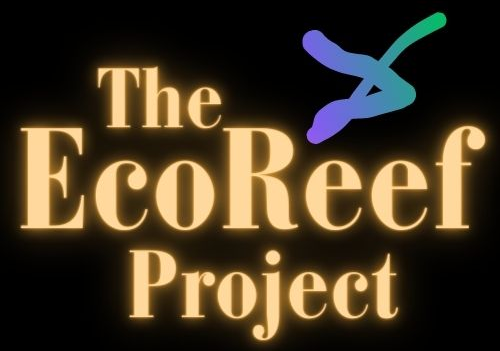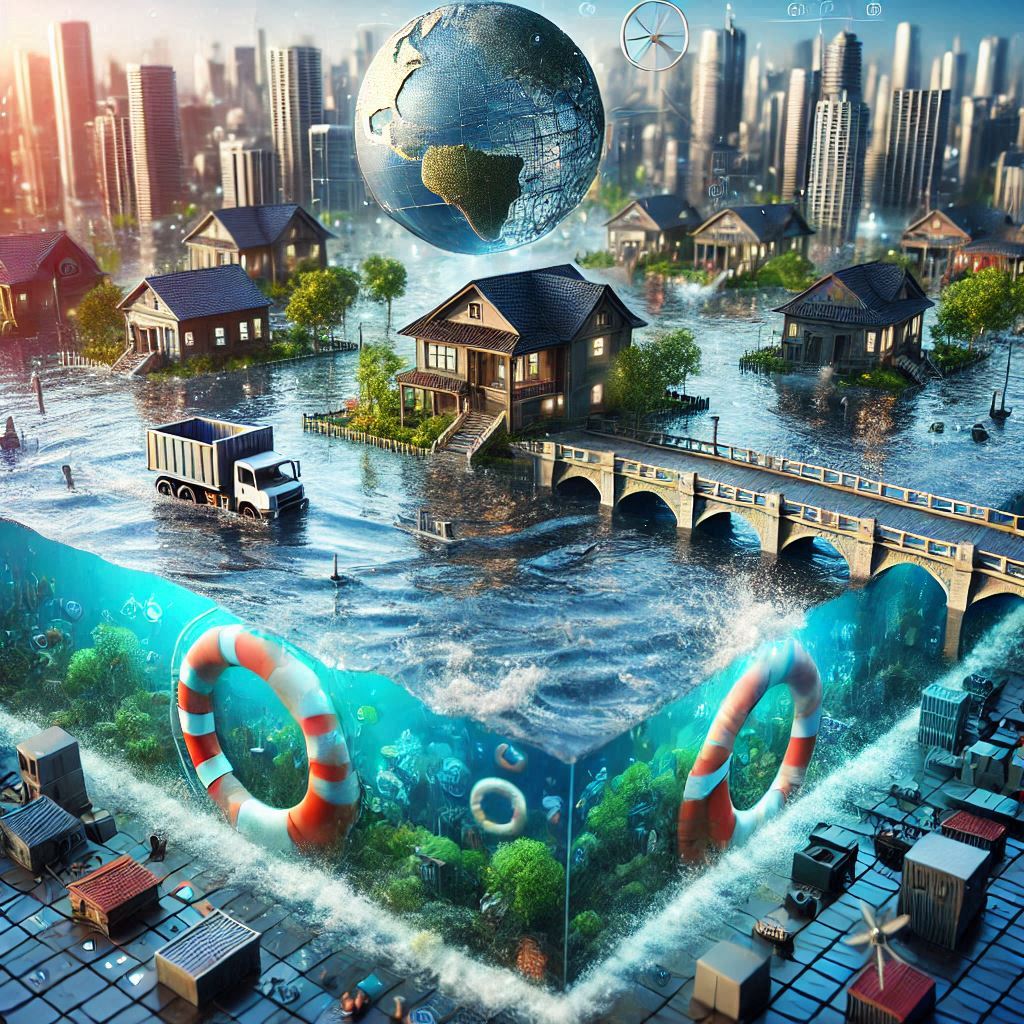Is Fishing for Dinner Actually Bad for the Environment or Good for the Environment?

The Benefits of Sustainable Fishing
Renewable Resource
When managed correctly, fish populations can be a renewable resource. Sustainable fishing practices ensure that fish stocks remain healthy and ecosystems maintain their balance. These practices involve setting catch limits, protecting breeding grounds, and reducing bycatch.
Lower Carbon Footprint
Fishing generally has a lower carbon footprint compared to the production of red meat. Wild-caught fish do not require the extensive resources needed for livestock farming, such as land, feed, and water. This makes fishing a more environmentally friendly option.
Supporting Local Economies
Buying fish from local fishermen supports small-scale fisheries and coastal communities. These fisheries often use more sustainable practices and contribute to the local economy, promoting sustainable livelihoods and preserving cultural traditions.
Embracing Responsible Fishing Practices
Fishing can be an incredibly rewarding activity, but it’s crucial to approach it with responsibility and care for the environment. By adopting smart fishing practices, we can ensure that this time-honored tradition continues to thrive without causing harm to marine ecosystems.
Understanding Fishing Regulations
Knowledge is power when it comes to responsible fishing. Familiarize yourself with local fishing regulations, including size and catch limits, seasonal restrictions, and protected areas. These rules are in place to prevent overfishing and protect vulnerable species, ensuring that fish populations remain sustainable.
Choosing the Right Gear
Using the appropriate fishing gear can significantly reduce environmental impact. Select gear that minimizes bycatch and avoids damaging marine habitats. For example, circle hooks and barbless hooks can reduce injury to fish, making catch and release more effective.

Practicing Ethical Catch and Release
Handling Fish with Care
If you practice catch and release, it’s essential to handle fish with care to ensure their survival. Wet your hands before touching the fish to protect its slime coat, which acts as a barrier against infections. Support the fish’s body and avoid squeezing it to prevent internal injuries.
Time and Technique Matter
Minimize the time the fish spends out of water and avoid fishing in extreme temperatures. Use proper techniques to release the fish gently back into the water, allowing it to recover and swim away.
Supporting Conservation Efforts
Participate in Citizen Science
Contribute to conservation efforts by participating in citizen science projects. Report your catches, share data on fish populations, and engage with local conservation organizations. Your involvement can help scientists monitor and protect marine ecosystems.
Advocate for Marine Protection
Use your voice to advocate for marine protection policies. Support initiatives that promote sustainable fishing practices, create marine protected areas, and combat illegal fishing. By raising awareness and encouraging others to do the same, you can make a positive impact.
Educating Future Generations
Passing on Knowledge
Educate young anglers about the importance of responsible fishing. Teach them about sustainable practices, the value of marine conservation, and how to respect the environment. Instilling these principles in future generations ensures that fishing remains a sustainable activity.
Celebrating the Joy of Fishing
Connecting with Nature
Fishing is more than just catching fish; it’s about connecting with nature and appreciating the beauty of marine environments. Responsible fishing allows us to enjoy this connection without compromising the health of our oceans.
Building Communities
Fishing fosters a sense of community and tradition. By practicing responsible fishing, we can preserve this cherished activity for future generations, ensuring that it continues to bring people together.
Responsibility
Fishing, when approached with responsibility and care, can be a great thing. By being smart and adopting sustainable practices, we can enjoy the benefits of this activity while protecting our marine ecosystems. Let’s embrace responsible fishing and ensure that it remains a positive and sustainable tradition for years to come.

The Drawbacks of Fishing
Overfishing and Its Consequences
Depletion of Fish Populations
Overfishing is a significant concern, as it depletes fish populations faster than they can reproduce. This leads to a decline in marine biodiversity and disrupts the balance of marine ecosystems. Species that rely on fish for food can also be affected, creating a ripple effect throughout the food web.
Impact on Vulnerable Species
Bycatch, or the unintentional capture of non-target species, is another major issue. Vulnerable marine species such as dolphins, turtles, and seabirds can be caught in fishing gear, leading to population declines and potential endangerment.
Habitat Destruction
Damage to Marine Ecosystems
Certain fishing methods, such as bottom trawling, can cause severe damage to marine habitats, including coral reefs and seafloor ecosystems. These methods disturb the seabed, destroy habitats, and release stored carbon, contributing to climate change.
Loss of Biodiversity
Habitat destruction can lead to the loss of biodiversity, as species lose their homes and breeding grounds. This can have long-term consequences for the health and resilience of marine ecosystems.

The Role of Aquaculture
Sustainable Fish Farming
Reducing Pressure on Wild Populations
Aquaculture, or fish farming, can help reduce pressure on wild fish populations. When done sustainably, aquaculture can provide a steady supply of fish without depleting natural resources. Practices such as recirculating aquaculture systems and integrated multi-trophic aquaculture can minimize environmental impacts.
Challenges of Aquaculture
However, aquaculture also has its challenges. Issues such as water pollution, disease outbreaks, and the use of wild-caught fish for feed can negate some of the benefits. Ensuring that aquaculture practices are sustainable is crucial for minimizing these impacts.
The Importance of Informed Choices
Opt for Sustainable Seafood
Certifications and Labels
Look for certifications such as the Marine Stewardship Council (MSC) label, which indicates that the fish was caught sustainably. These labels provide assurance that the seafood you are consuming meets high environmental standards.
Supporting Responsible Fisheries
Support fisheries that adhere to sustainable practices. By choosing seafood from responsible sources, you can help promote environmentally friendly fishing methods and contribute to the conservation of marine resources.
Diversify Your Diet
Incorporating Plant-Based Options
This can help reduce pressure on fish populations and promote overall environmental sustainability.

Educating and Advocating for Change
Raising Awareness
Consumer Education
Educate yourself about fishing in generla and the importance of sustainable fishing practices. Awareness can drive demand for sustainably sourced seafood and encourage more responsible consumption habits.
Advocacy and Policy Change
Advocate for policies that protect marine ecosystems and promote sustainable fishing practices. Support organizations and initiatives that work towards conserving marine resources and ensuring the long-term health of our oceans.
Conclusion
Catching fish for dinner can be both good and bad for the environment. The key lies in practicing sustainable fishing methods, supporting local fisheries, making informed choices about the seafood we consume, and advocating for change. By doing so, we can enjoy the benefits of this nutritious food source while protecting our precious marine ecosystems. Just be responsible.
Join the Discussion
Fishing for dinner can spark diverse opinions on its environmental impact and what is yours?






































